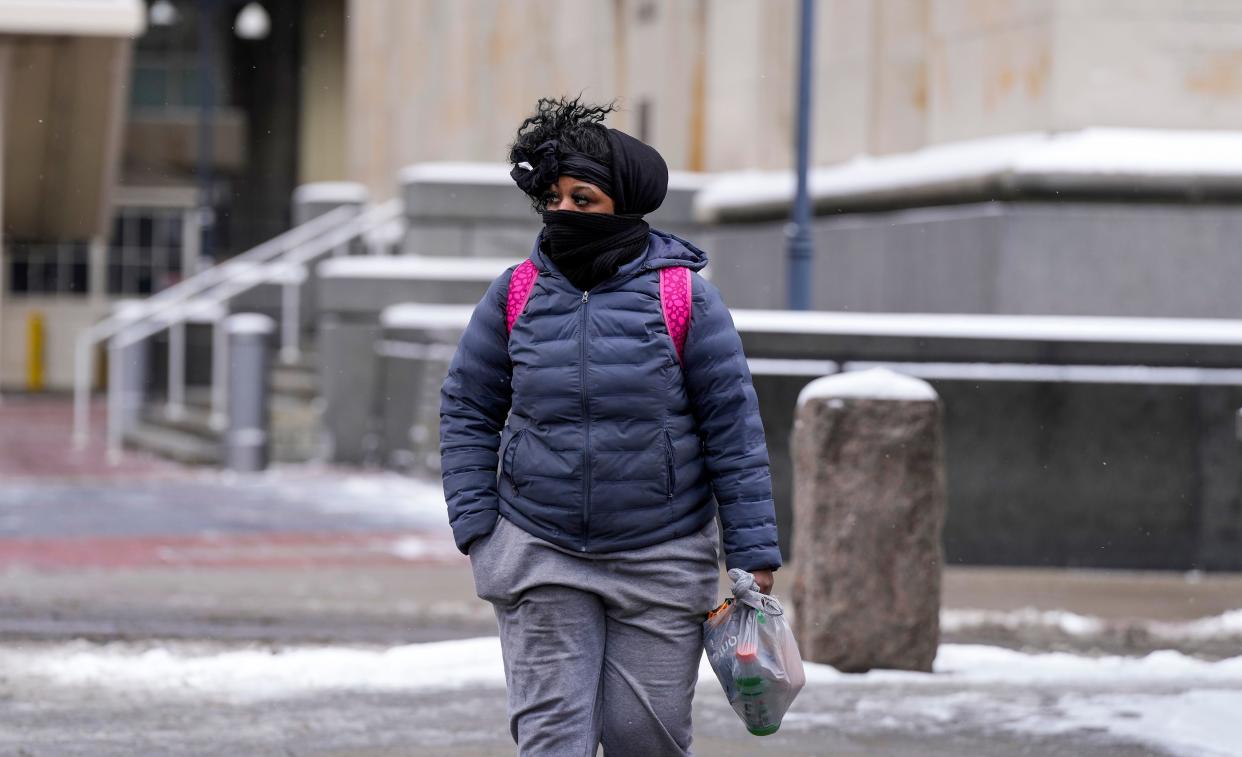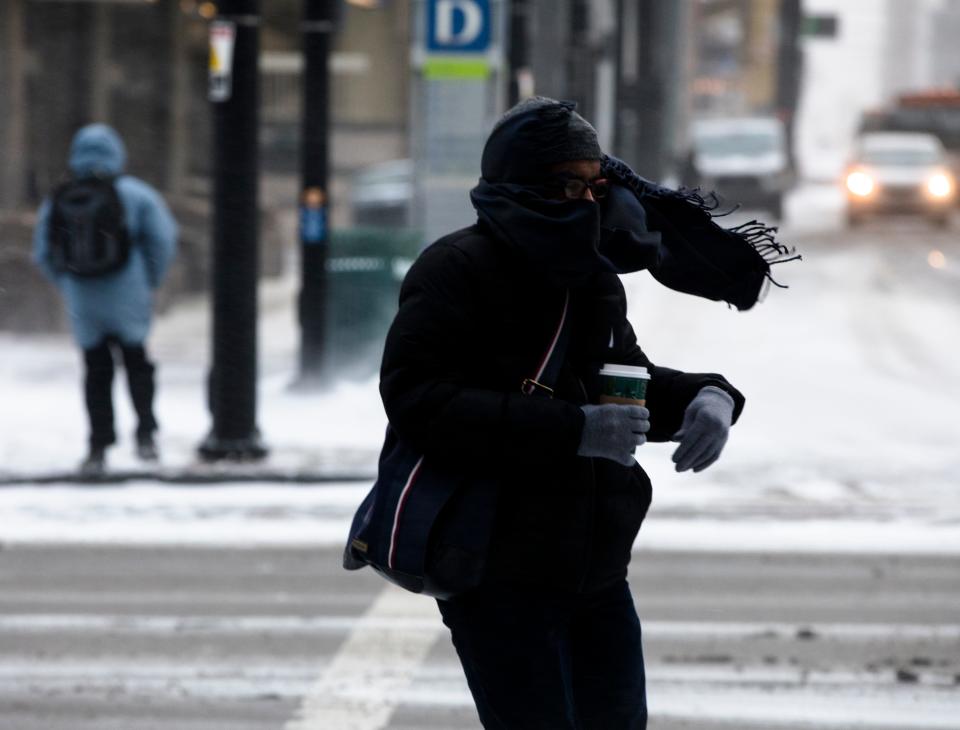'Feels like' temperature: What does it really mean and how does it relate to wind chill?

As the winter season chugs along and cold fronts continue to sweep across Greater Cincinnati, many of us find ourselves regularly checking the weather forecast before venturing outdoors.
One of the first things we check for is the temperature, which is usually displayed front and center on most smartphone weather apps.
Simple enough, right? Well, that temperature doesn't really tell you the whole story.
In addition to the actual temperature, most weather apps also display a "feels like" temperature, which usually gives a different number than the former. This "feels like" temperature, generally, is a more accurate description of what the human body will experience when stepping outside.
If that's the case, why does actual temperature even matter then? What is the difference between the two temperatures? And how is the "feels like" temperature even calculated?
The science behind 'feels like' temperature
The answer to "feels like" temperature, according to the National Weather Service, has to do with wind, or wind chill to be more specific.
While the actual temperature signifies the temperature of the air outside, wind chill is used to describe how that same air feels on human skin. And the reason why the air will oftentimes feel colder when it touches our skin is because of the way that humans produce heat.
In an effort to keep warm, human bodies will naturally emit heat. When there is no wind outside, that heat will stick around and create a blanket, or a forcefield, around the body to insulate us from the cold air.
However, when the wind is blowing, it will continuously blow that blanket of heat away from our bodies, leaving the skin exposed to the cold air. The faster the wind speed, the faster our body heat is taken away and the colder it feels.
For example, in a scenario where the actual temperature is 10 degrees but the "feels like" temperature is -5 degrees, what that really means is that the wind chill is making it feel as if the air temperature was actually -5 degrees outside with no wind.
Here is a chart by the National Weather Service that shows the wind chill for various air temperatures and wind speeds.
Wind chill history in Greater Cincinnati
In recent weeks, wind chill values in Greater Cincinnati regularly dipped into the negatives despite actual temperatures never falling below zero. This spurred the National Weather Service to implement several wind chill advisories during that time, urging people to wear appropriate clothing while traveling outside.
Wind chills are expected to taper off early this week.
Related: No more snow in Greater Cincinnati, but single-digit wind chills loom through Monday

On Jan. 30, 2019, the wind chill values in Greater Cincinnati plunged below -30 degrees in some places, making it feel colder than parts of Antarctica at the time.
On that day in Hamilton County, the lowest recorded temperature considering the wind chill was -31 degrees, recorded in Pendleton, according to the National Weather Service.
However, the National Weather Service at Wilmington's records show the lowest wind chill value ever recorded was -48 degrees at Cincinnati/ Northern Kentucky International Airport in 1985. Those records date back to 1948.
Longtime football fans will also remember the infamous Freezer Bowl of 1981, which was the AFC championship game between the San Diego Chargers and Cincinnati Bengals at Riverfront Stadium.
Spurred by a low-pressure storm off Canada's Hudson Bay, the game-time temperature read -9 degrees, with incessant wind making it feel like -38 degrees (often cited as -59 degrees under the old wind-chill formula).
Spoiler alert: The Bengals won the game by a score of 27-7.
The game is pinned as the second coldest in NFL history, only behind the Ice Bowl between the Dallas Cowboys and Green Bay Packers at Lambeau Field in 1967. The air temperature at kickoff was -13 degrees while the wind chill value was -48 degrees.
This article originally appeared on Cincinnati Enquirer: What is 'feels like' temperature and how is it calculated?

